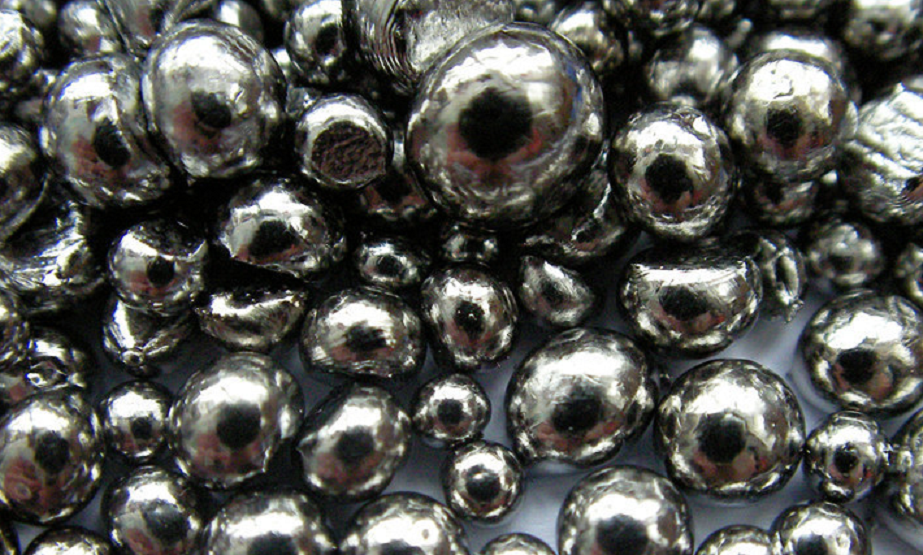
7 Interesting Facts about Hafnium The element symbol of hafnium is Hf; the atomic number of hafnium is 72; the atomic weight of hafnium is 178.49; hafnium belongs to group IVB in the periodic table. And hafnium is a lustrous silver-gray transition metal with a density of 13.31g / cm³ (20 ° C), a melting point […]
Tags: 7 Interesting Facts About Hafnium, Common Hafnium Compounds, Facts About Hafnium, Hafnium, Hafnium Facts, Interesting Facts About Hafnium, The Applications of Hafnium, The Discovery of Hafnium, The Distribution and Production of Hafnium, The Influence of Hafnium on Health, The Properties of Hafnium, The Storage of Hafnium

4 Uses of Hafnium Hafnium is a lustrous silver-gray transition metal, with a density of 13.31g / cm³. Hafnium has the properties of high-temperature resistance, corrosion resistance, oxidation resistance, easy processing, rapid heat absorption, and heat release, and is widely used in industrial production and our daily life. In this article, we’ll take a look at 4 […]
Tags: 4 common uses of hafnium, 4 Uses of Hafnium, Advanced Refractory Metals, Applications of Hafnium, Applications of Hafnium Alloys, Applications of Hafnium and Hafnium Alloys, ARM, common uses of hafnium, Hafnium, Refractory Metals, Transition Metal, Uses of Hafnium, Uses of Hafnium Alloys, Uses of Hafnium and Hafnium Alloys, Uses of Hafnium in the Atomic Energy Industry, Uses of Hafnium in the Field of Alloy Materials, Uses of Hafnium in the Field of Chemistry, Uses of Hafnium in the Field of Electronic Materials
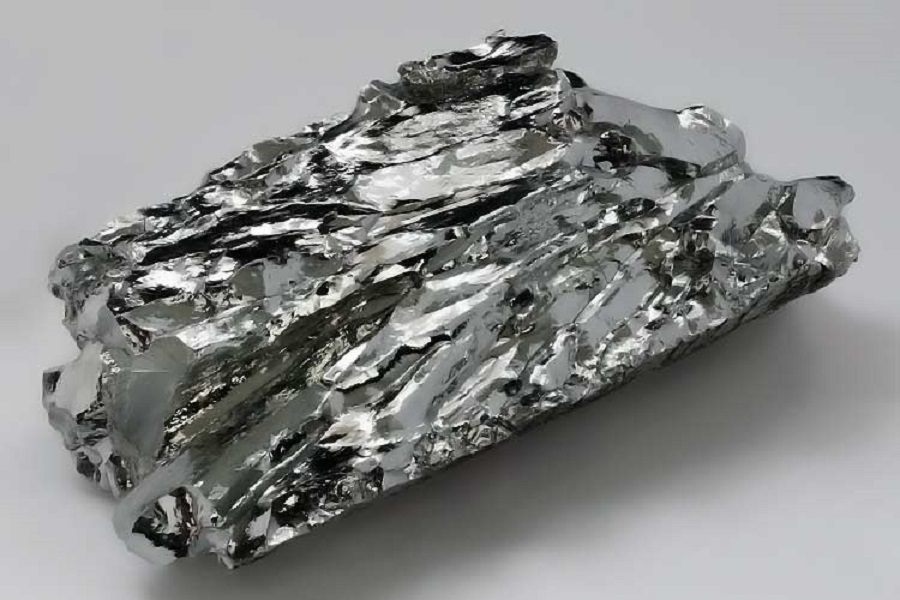
Top 10 Common Refractory Metals You Can Find Now “Refractory metal” is a term that is used to describe a group of metal elements. These metal elements have exceptionally high melting points and are resistant to wear, corrosion, and deformation. In this article, we will take a look at the top 10 common refractory metals that […]
Tags: Chromium, Common Refractory Metal, Common Refractory Metals, Hafnium, Molybdenum, Niobium, Refractory Metal, Refractory Metals, rhenium, tantalum, The History of the Chromium, The History of the Hafnium, The History of the Molybdenum, The History of the Niobium, The History of the Rhenium, The History of the Tantalum, The History of the Titanium, The History of the Tungsten, The History of the Vanadium, The History of the Zirconium, The Properties and Applications of the Chromium, The Properties and Applications of the Hafnium, The Properties and Applications of the Molybdenum, The Properties and Applications of the Niobium, The Properties and Applications of the Rhenium, The Properties and Applications of the Tantalum, The Properties and Applications of the Titanium Alloy, The Properties and Applications of the Tungsten, The Properties and Applications of the Vanadium, The Properties and Applications of the Zirconium, titanium, Tungsten, Vanadium, Zirconium
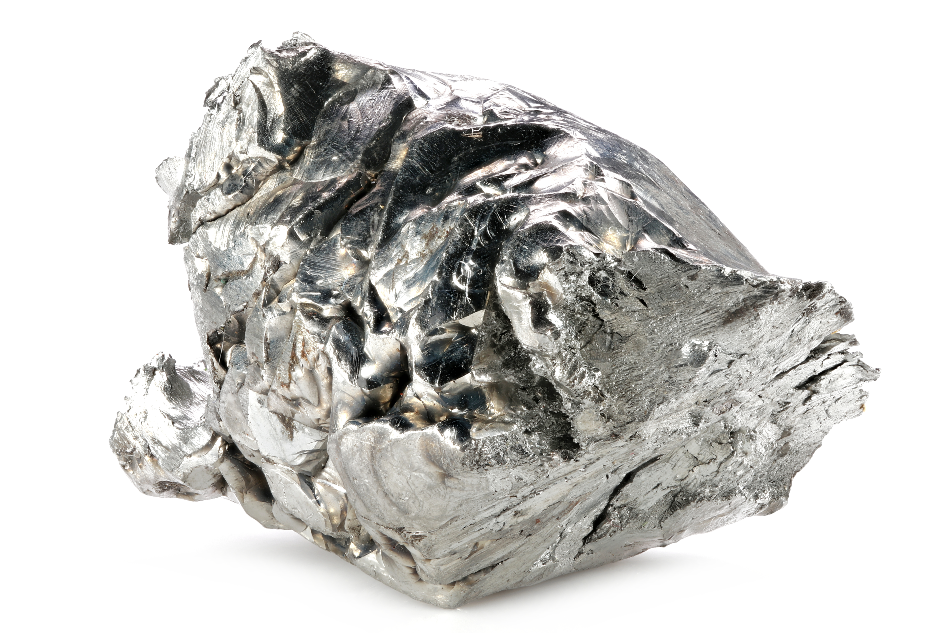
Metal with High Melting Point Many people know that the metal with the lowest melting point is mercury, which is the only metal that is liquid at room temperature. But when it comes to a metal with a high melting point, probably not many people know the answer. That’s the reason why we’ve compiled this list […]
Tags: Chromium, Chromium (Cr), Hafnium, Hafnium (Hf), iridium, Iridium (Ir), Metal with High Melting Point, Metal with Highest Melting Point, Metal with the Highest Melting Point, Metals with High Melting Points, Molybdenum, Molybdenum (Mo), Niobium, Niobium (Nb), rhenium, Rhenium (Re), Rhodium, Rhodium (Rh), tantalum, Tantalum (Ta), titanium, Titanium (Ti), Top 10 Metals with High Melting Points, Tungsten, Tungsten (W)
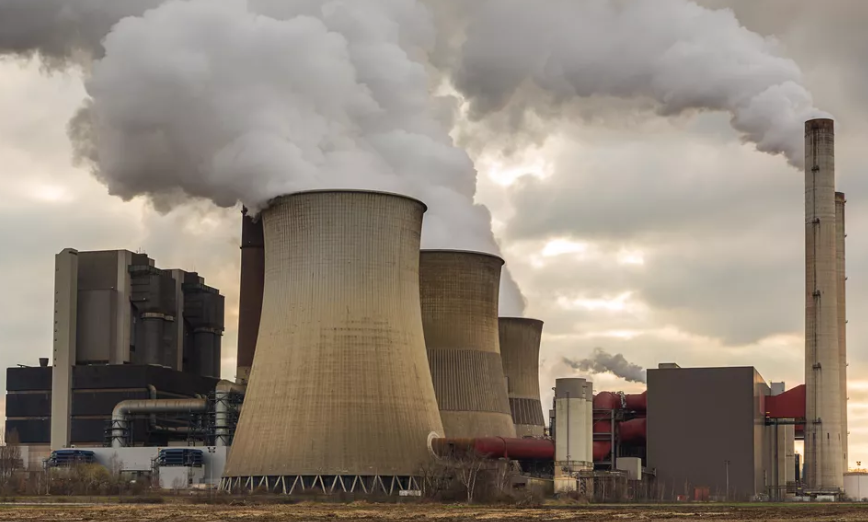
Why Is Zirconium Used In Nuclear Reactors? Zirconium is a rare metal with amazing corrosion resistance, high melting point, high hardness, and strength. It is widely used in aerospace, military, nuclear reaction, and atomic energy fields. In the video below, there is an experiment that explains why zirconium used in nuclear reactors. Initially, zirconium was […]
Tags: Advanced Refractory Metals, application of zirconium alloy, application of zirconium alloys, ARM, Hafnium, Nuclear Reactors, Zirconium, Zirconium alloy, zirconium alloys, Zirconium Used In Nuclear Reactors
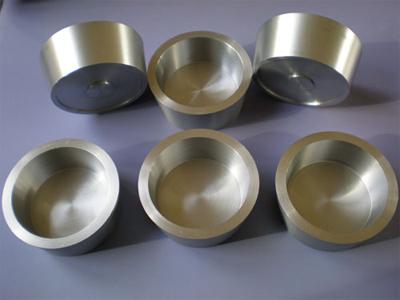
Why Is Zirconium A Transition Metal? When of sufficient purity, zirconium is soft and ductile. Zirconium a transition metal has good corrosion resistance and low absorption capacity for thermal neutrons. These properties are desirable in materials used for certain parts of nuclear reactors. The great increase in the production of zirconium since 1945 has been […]
Tags: Advanced Refractory Metals, alloys of zirconium, ARM, cast ingots of zirconium, Chromium, Hafnium, Hafnium oxide, powder-metallurgical process, Refractory Metals, Tungsten, Why Is Zirconium A Transition Metal?, Zircaloy, Zirconium, Zirconium A Transition Metal, zirconium metal
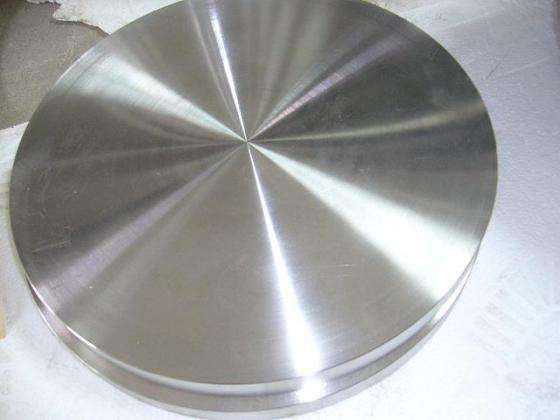
What Hafnium Is Used For? Hafnium occurs in zirconium ores. Because this metal must be removed from “reactor-grade” zirconium, the production of hafnium is largely dependent on zirconium production, as discussed later. Its melting point is 4032℉. However, it has not been available in sufficiently large quantities to have any extensive elevated-temperature applications other than […]
Tags: Advanced Refractory Metals, Hafnium, Hafnium oxide, hafnium product, Refractory Metals, What Hafnium Is Used For?, X-ray tubes
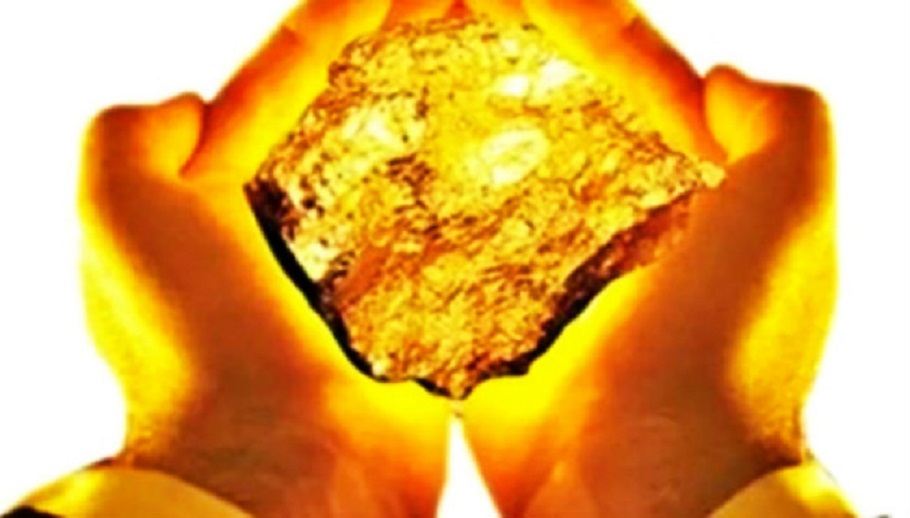
How Refractory Metals were Discovered and Developed? In today’s article, we’ll take a look at how refractory metals were discovered and developed. Refractory metals are referred to elements or alloys with melting points over 3002℉, such as tungsten, molybdenum, tantalum, niobium, titanium, zirconium, hafnium, vanadium, chromium, rhenium and alloys including tungsten alloys, molybdenum alloys, niobium […]
Tags: Chromium, Developing History, Developing History of Refractory Metals, Discover History of Refractory Metals, Discovery History, Hafnium, How Refractory Metals were Discovered and Developed?, Molybdenum, Niobium, Refractory Metals, rhenium, tantalum, titanium, Tungsten, Vanadium, Zirconium
Copyright © 1994-2024 Advanced Refractory Metals owned by Oceania International LLC, All Rights Reserved.